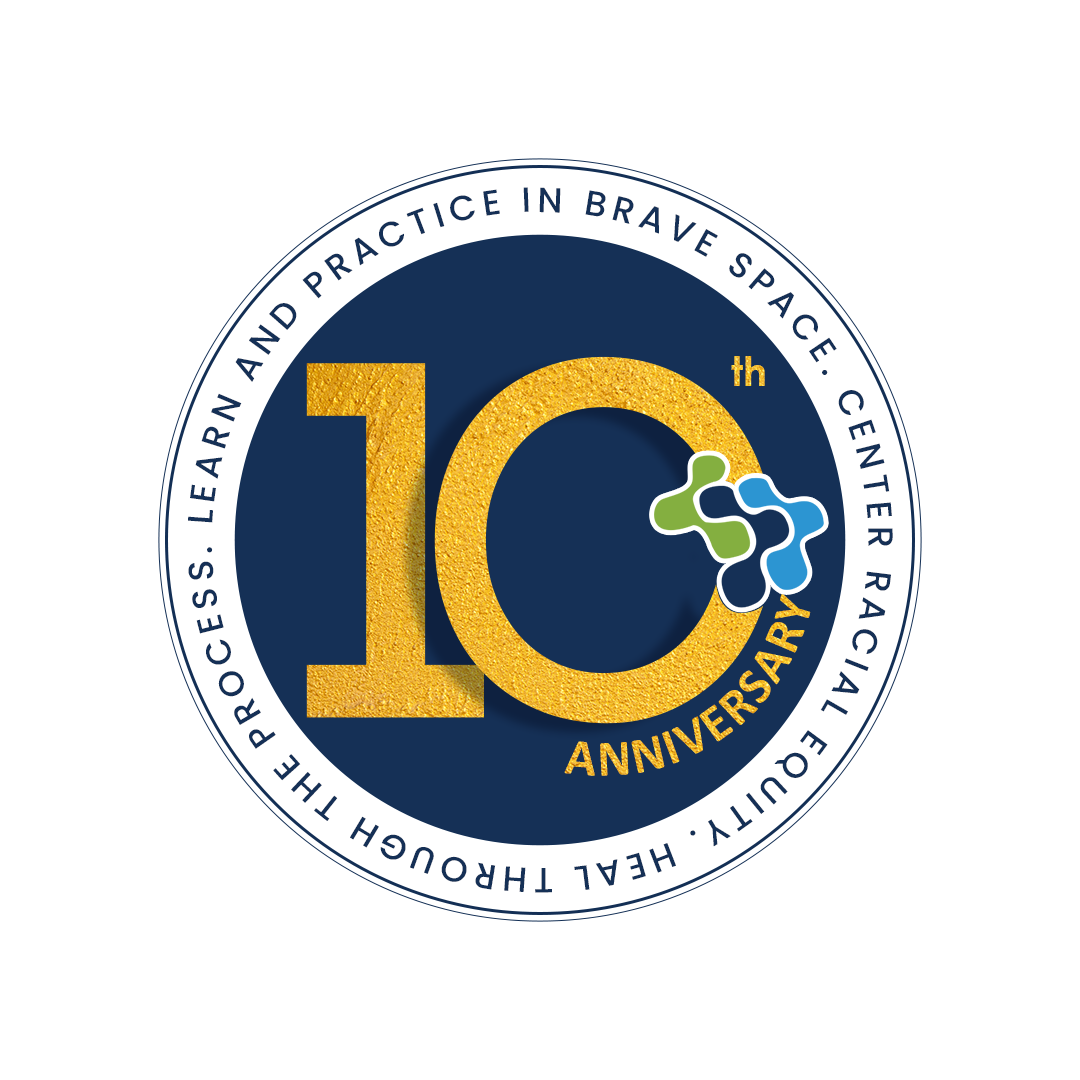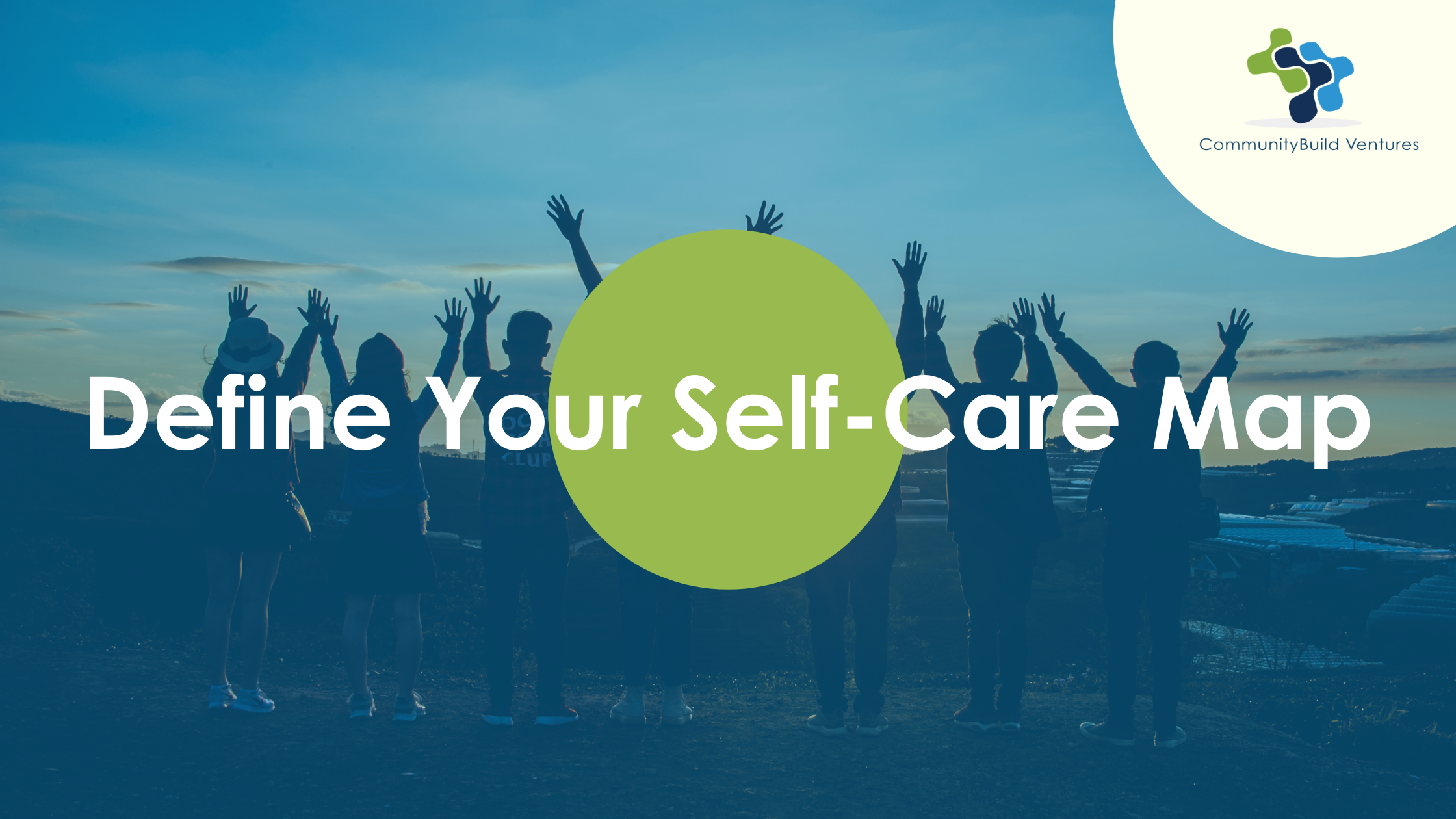Everyday life comes with an innumerable amount of stressors from work, friends, family, and otherwise that can trigger emotional, physical, or spiritual distress.
Continuously dealing with these triggers can lead to burnout, fatigue, and other mental or physical health problems. You need to take care of yourself when the worst happens, and to do so you need a self-care map at the ready. Developing a self-care plan involves creating self-care strategies for emergencies and everyday maintenance.
What is a Self-Care Map and Why Do I Need One?
At its most basic, a self-care map (or plan) is a set of activities you can do to reset your mental, physical, or emotional state back to one of positivity, happiness, and calm. These maps can be different from individual to individual and can include activities such as:
1. Talking to a friend
2. Exercising
3. Cooking a satisfying meal
4. Taking a bubble bath
5. Communicating with a therapist or doctor
Fundamentally, a self-care map is designed to promote everyday skills that improve and maintain your wellbeing. It’s also a preventative tool: a self-care map that intervenes against bad habits that could negatively impact your health and replaces them with positive activities and reminders, as well as a support system to lean on.
Designing a self-care map in moments when you’re not in crisis ensures that the best version of you is reflecting on the positive things that could help you in your times of need. This takes the guesswork out of what you should do when you’re in distress, and then you can respond to a situation instead of react–you’ll be more in control of yourself when you face uncertainty.
How Do I Create A Self-Care Map?
Self-care is an incredibly personal process, and what helps another person doesn’t always work for someone else. One of the first things you have to realize is that a self-care map requires you to turn inward and evaluate your individual needs and values free from the influence of your friends, family, work, and society. This can seem challenging, but we’ve gathered some tips on structuring your self-reflection and turning it into a self-care practice.
List Your Current Needs
What areas of your life do you feel create distress? What areas hold tension and trauma? You can start answering this question by listing out the various parts of your life that could improve with specific self-care practices, such as:
1. Professional Self-Care
2. Physical Self-Care
3. Psychological Self-Care
4. Emotional Self-Care
5. Spiritual Self-Care
6. Social Self-Care
Once you’ve identified the areas that could use some love, the next step is to evaluate the present ways you react to distress.
Identify Your Current Coping Mechanisms
You’ve just spent the entire day at work facing down irritable customer after irritable customer, or your mom called with another update on your father’s health condition. You’re stressed, sad, angry, anxious, and you’re starting to feel overwhelmed–what do you do?
Evaluating your current coping mechanisms can help you sort out good behaviors from negative ones. Start by listing out all of your current coping methods and evaluate them based on negative vs. positive: is this coping strategy helping me heal and become the best version of myself, or is it affirming a pattern of trauma?
Find the Activities That Make You Feel Good
There are two types of self-care activities to consider: daily self-care practices and emergency self-care practices. Daily self-care involves practices that can be done every day, while emergency self-care is saved for more serious or unexpected situations.
Daily self-care can look like running in the morning, eating a healthy breakfast, reserving time to journal, or making sure you get enough sleep. Emergency self-care are the activities you need during extreme circumstances, such as having your therapist’s number on speed dial.
It’s also helpful to think about possible barriers that could upset your self-care practice. Do you have a roommate that could interrupt your meditation, or does your gym randomly close on certain days? It could be helpful to plan around these obstacles–but don’t go overboard.
Share Your Self-Care Map with Your Trusted Friends and Family
Another part of self-care can involve community care. By sharing your self-care plan with trusted friends and family, you’re helping activate a strong support system that will further strengthen your self-care practice.
Self-Care is Self-Preservation
Self-care has been a big buzzword for the last several years, but honestly, some things get hyped up for a reason. A self-care map can be a lifeline in your hour of need–we guarantee that you won’t regret putting your health and wellbeing first.


